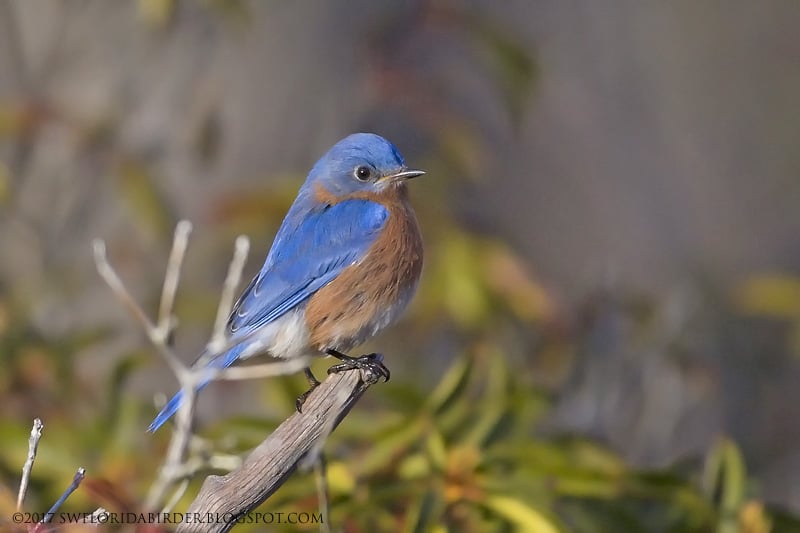The creation of a sanctuary for birds with a few feeders offering a variety of food to sustain them in the winter months was actually an afterthought.
The Eastern Bluebird above (image 3) was photographed at Casa Almeida in January 2017.
The Brown Creeper above (image 1) was photographed at Casa Almeida in January 2017.
This was when flowering plants and shrubs were planted in the late Fall at the Almeida residence among native Mountain Laurel in Killingworth, Connecticut, a town named in 1667. A few bird feeders were hung among the plants and trees, and dozens of birds responded.
The Dark-eyed Junco above (image 2) was photographed at Casa Almeida in January 2017.
The Dark-eyed Junco above (image 4) was photographed at Casa Almeida in January 2017.
The Tufted Titmouse above (image 5) was photographed at Casa Almeida in February 2017.
In fact, hundreds of birds hung around through the Winter with their numbers increasing as more feeders were added. Upwards of 90 American Goldfinch were observed at one time at their peak presence primarily feeding on Nyjer seed made available to them.
The Downy Woodpecker above (image 6) was photographed at Casa Almeida in February 2017.
The American Goldfinch above (image 7) was photographed at Casa Almeida in February 2017.
The White-breasted Nuthatch above (image 8) was photographed at Casa Almeida in February 2017.
The Tufted Titmouse above (image 9) was photographed at Casa Almeida in February 2017.
Predation was an eventuality and it was observed a few times. There was one occasion when a bird was seen actually taken down. A Sharp-shinned Hawk engaged a Dark-eyed Junco in a spruce tree in the area of the feeders. An extraordinary sight it was to see the hawk in action.
The Brown Creeper above (image 10) was photographed at Casa Almeida in February 2017.
The House Finch above (image 11) was photographed at Casa Almeida in February 2017.
The Black-capped Chickadee above (image 11) was photographed at Casa Almeida in February 2017.
The American Goldfinch above (image 12) was photographed at Casa Almeida in February 2017.
A variety of sustenance provided in the feeders included the Nyjer seed, suet, an all purpose mix and dried mealworms with the Brown Creeper the only species seen with regularity not attracted to any of them. 400 pounds of Nyjer seed was consumed in a few months. For a bird attracted to it that weighs less than an ounce, the goldfinch (for the most part) went through it amazingly quickly.
The Mourning Dove above (image 13) was photographed at Casa Almeida in February 2017.
The White-breasted Nuthatch above (image 14) was photographed at Casa Almeida in February 2017.
The Downy Woodpecker above (image 15) was photographed at Casa Almeida in February 2017.
The Red-bellied Woodpecker above (image 16) was photographed at Casa Almeida in February 2017.
Problems began to arise shortly after Black Oil sunflower seed feeders were added with extremely effective countermeasures to be mentioned in the next post.
The Northern Flicker above (image 17) was photographed at Casa Almeida in February 2017.
Please be sure to be reminded about this Wildlife Blog with the email gadget located at the top of the page.
The Eastern Bluebird above (image 18) was photographed at Casa Almeida in February 2017.
Bob Pelkey
This blog is updated every Friday (preferably) and randomly, primarily on the subject of wildlife observation in the state of Florida. This blog is in conjunction with my secondary photo site at http://www.pbase.com/jkrnm5/





















Leave a Reply